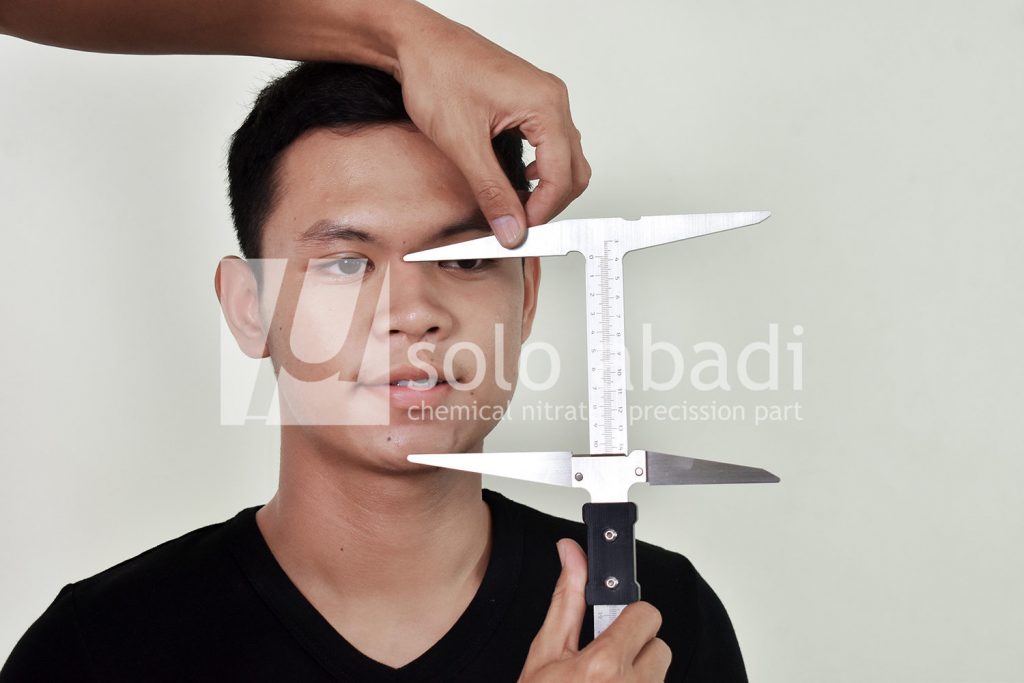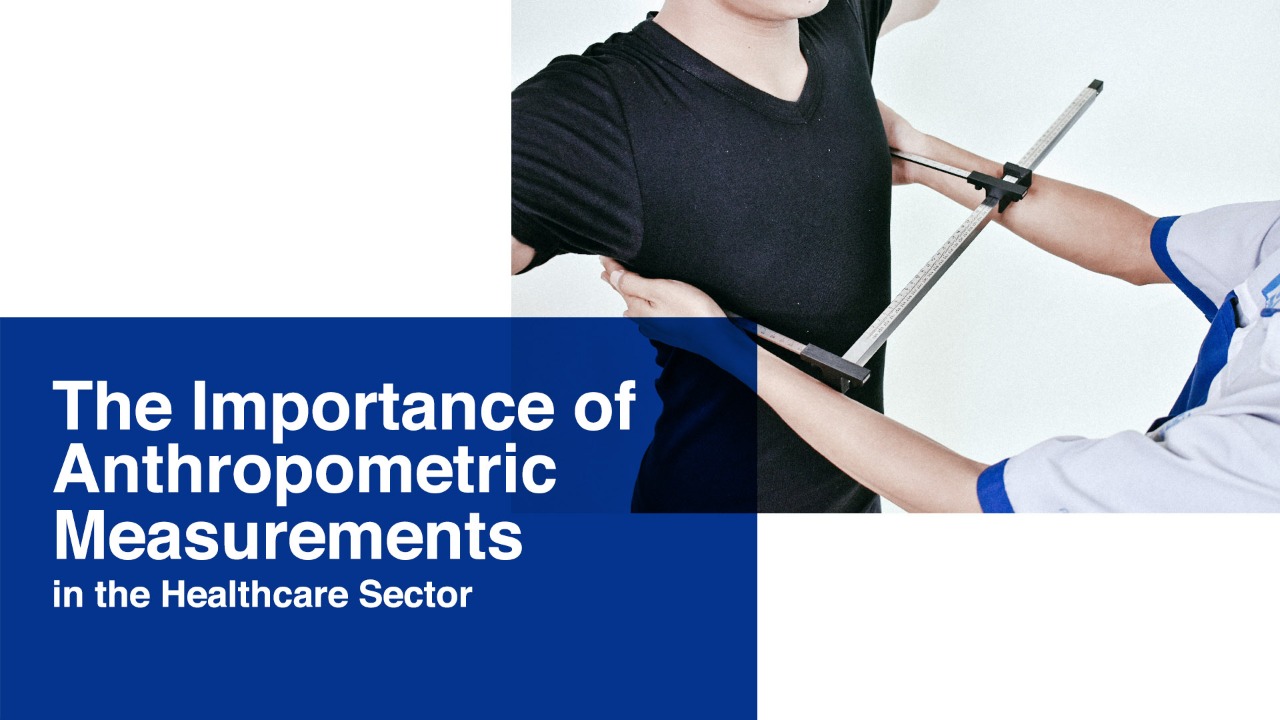In health studies that include health services, health institutions and so on, anthropometric measurement is one of the most notified measurement topics. For most Indonesians, the understanding of anthropometric measurements is still a topic that is not yet widely known. In this article, we attempt to discuss the urgency of anthropometric measurements in the health sector in Indonesia.
Relationship Between Anthropometric Measurements and Nutritional Status
In Indonesia, anthropometry is mainly used to analyze the nutritional status of children. According to the regulations of the Minister of Health Decree No 1995 / MENKES / S / 2010. Anthropometric measurements in Indonesia are based on a WHO settlement in 2005. The decision also explained how the benchmarks used in measuring the nutritional status of children. Some of the variables inquired in this regard are:
- Age
- Body length
- Height
- Weight
The variables above affect the nutritional status of the child. This nutritional status can then be classified as adequate nutrition and poor nutrition. This classification can be done by observing the weight held by the child being observed. The urgency of this anthropometric research must be considered by related agencies such as Provincial, District, District and Village Health Offices. Due to the Decree of the Minister of Health that has been issued, with this, anthropometric measurements become one of the substantial studies that must be considered by the Health Service above. Measurements made to define the results to be achieved.
As we have stated in the text above, anthropometric measurements are important to note and use in more detail. However, of course, anthropometric measurements are not only used to measure nutritional status but more broadly. This is because the nutritional status is used more or less to find out the child’s development.
Anthropometric measurements in the Health Sector
Anthropometry is not only recommended for measuring nutritional status in children. However, anthropometry has a wider contribution to the health sector. According to I Wayan Samayoga, presented in his ‘Anthropometry Journal’, anthropometry can be used in various disciplines, as below:
- Pediatrics
- Orthopedics
- Dentistry
- Orthodontics
- Physical Education
- General Knowledge
- Sports Medicine
- Public Health
- Forensics
- Nutrition Status
Anthropometry is used as important research material in maintaining the data needed following each of the above disciplines. This shows how extensive the study of anthropometric measurements itself.
Anthropometry Tool Used to Do Anthropometric Measurements in Health Sector
For example, in the field of sports medication, anthropometry can be used as a reference in making research to athletes regarding the appropriate form of the posture. In the field of public health, it is clear that anthropometry is used to examine the development of the human body or the community by conducting periodic research. Besides, the function of anthropometry is still very general and varied to accommodate the needs of the data to be analyzed.
When discussing the urgency of anthropometric measurements. Of course, it is inadequate if we do not consider or discuss the measuring instruments used. This is because the validity of the measurements and the data gathered is influenced by the tools, they have to calculate the anthropometry.
Imagine what if the tool used does not suit the needs and the tool cannot maximize measurement properly. So, in this case, we need to understand the tools or instruments used in anthropometric measurements. Four tools are frequently used in these measurements, as follows:
1. Anthropometer
Anthropometer is the most commonly used anthropometric instrument, anthropometer has a function to measure the dimensions of the human body, especially on flat body parts. Anthropometer consists of several rods that can be used and shaped vertically elongated. Besides, there are sliding blocks that can be moved up and down which are used to designate the part of the body to be measured. Also, usually on more modern anthropometers, two curved branches are used to measure certain curved parts.

2. Sliding Caliper
The second instrument used is the Sliding Caliper. Sliding caliper itself is a caliper that is normally used in engineering tools that are regularly seen. However, the sliding caliper that works for anthropometric measurements has been specially adjusted. So that the measurement precision and safety are more conscious.

3. Small Spreading Caliper
Small Spreading Caliper is an anthropometric measuring instrument that has the same type as the caliper. However, the tip of the caliper is semicircular. This instrument has a function that is inversely proportional to the anthropometer, which is to measure body dimensions that are not straight. Components that are measured using this tool are the head, hands, hips, legs and so forth.

4. Large Spreading Caliper
The last instrument is a large spreading caliper, identical in shape to a small spreading caliper. One thing that distinguishes this instrument from the small spreading instrument is that the measurement is twice as large. This tool can be used as a pelvimeter too. And this instrument is used to measure certain parts of the human body.

Those are the four anthropometric tools used in anthropometric measurements. This instrument is a measuring tool that is often used. However, in Indonesia alone, anthropometric measuring instruments are still rarely found and often the prices offered are so high. To that end, we as manufacturers try to make anthropometric measuring instruments that are affordable and can be used for various groups, especially in the health sector. If you are interested in seeing our anthropometric equipment and these qualifications. Please click on the following link.
The importance of anthropometry in the health sector is crucial for the people of Indonesia. The large number of people and increasingly diverse types of diseases make our concern for efforts or methods in using this anthropometry better.


